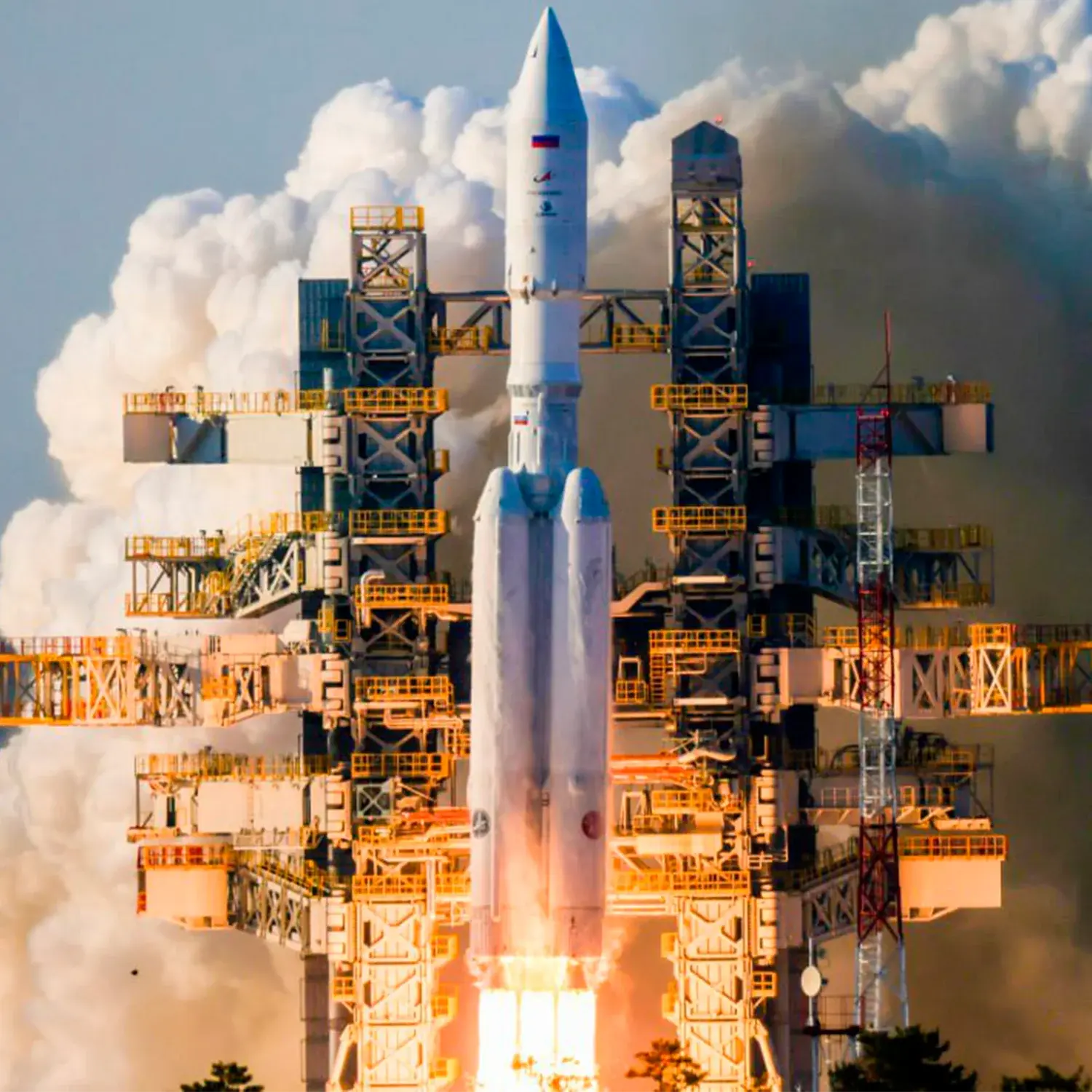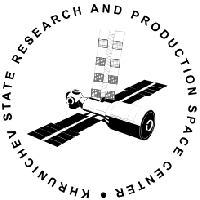Venera D
Liftoff Time
No Earlier Than 2031
Mission Details
Venera D
Venera-D is a Russian space mission to Venus that would include an orbiter and a lander. The orbiter's prime objective is to perform observations with the use of a radar. The lander, based on the Venera design, would be capable of operating for a long duration (≈3 h) on the planet's surface. The "D" in Venera-D stands for "dolgozhivushaya," which means "long lasting" in Russian. Venera-D will be the first Venus probe launched by the Russian Federation (the earlier Venera probes were launched by the former Soviet Union). Venera-D will serve as the flagship for a new generation of Russian-built Venus probes, culminating with a lander capable of withstanding the harsh Venerian environment for more than the 1½ hours logged by the Soviet probes. The surface of Venus experiences average temperatures of 462° Celsius (864 Fahrenheit), crushing 90 bar (89 atm; 1,300 psi) pressures, and corroding clouds of carbon dioxide laced with sulfuric acid.
Heliocentric Orbit
4 Payloads
7,000 kilograms
Rocket


Manufacturer
KhrunichevPrice
$100.00 million
Rocket
Diameter: 8.86m
Height: 55.4m
Payload to Orbit
LEO: 23,000 kg
GTO: 5,400 kg
Liftoff Thrust
9,610 Kilonewtons
Fairing
Diameter: 4.35m
Height: 15.2m
Stages
3
Strap-ons
4
Launch Site
Vostochny Cosmodrome, Russia